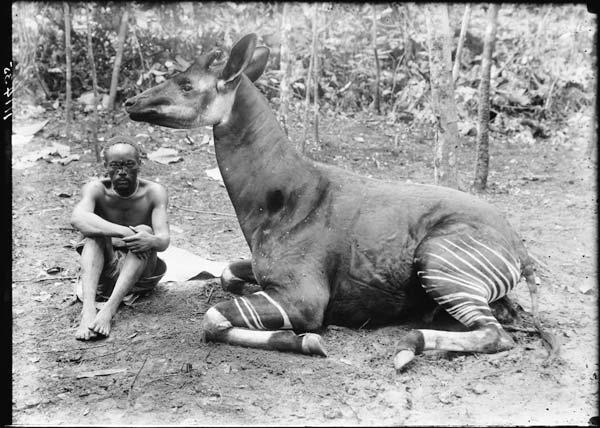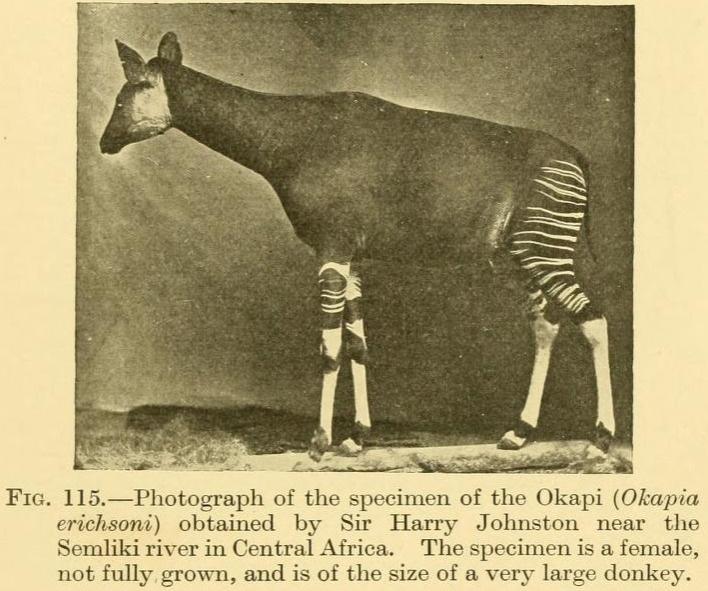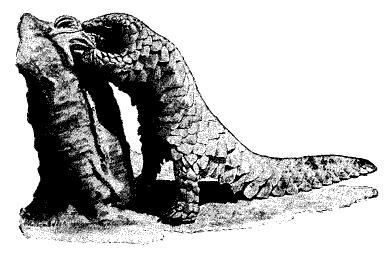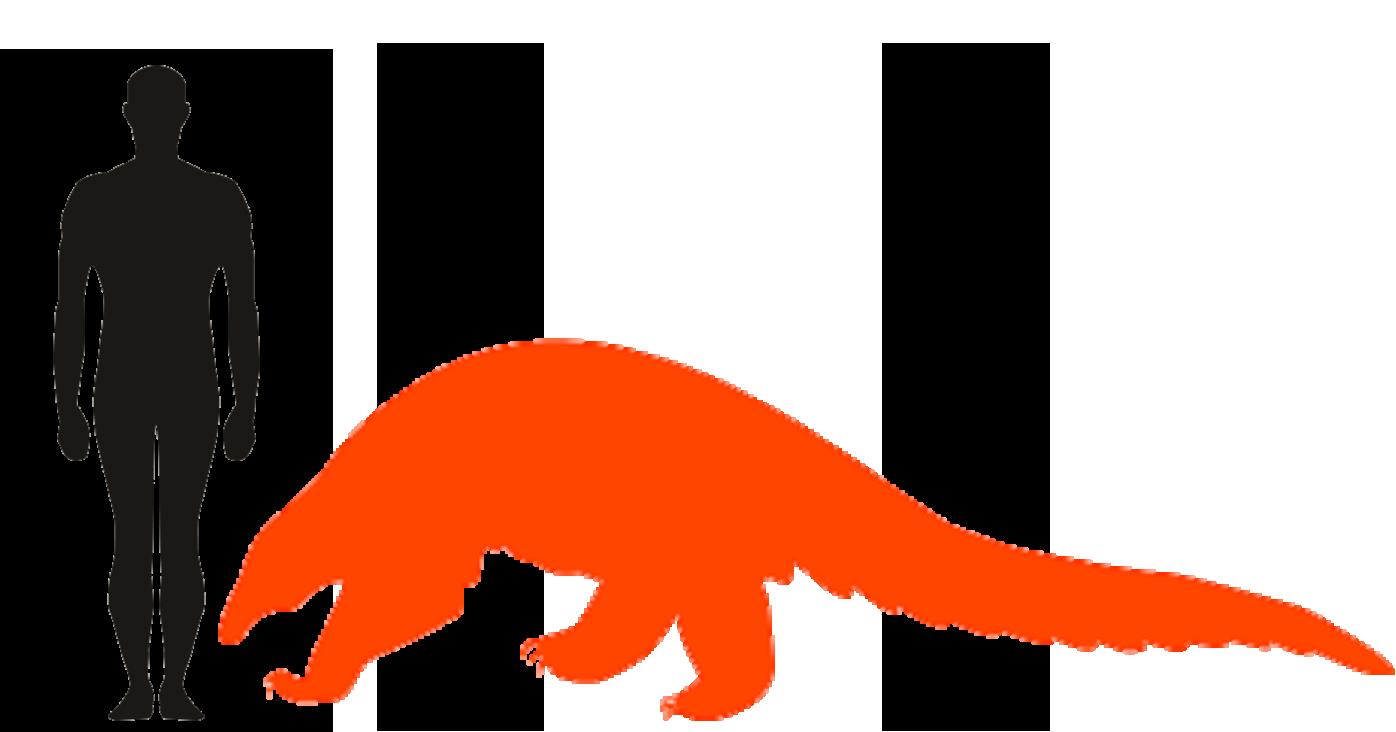
3 minute read
5. Opaki
to it as a Helladotherium, a genus of extinct giraffid.
Owing to the circumstances of its discovery, the okapi was the official emblem of the International Society of Cryptozoology, and currently appears on the logo of its spiritual successor, the International Cryptozoology Society. The okapi appearing on the logo of the ICZS, designed by Loren Coleman and Duncan Hopkins, is specifically based on a photograph of the first live okapi to be widely seen by Europeans, a month-old individual captured and photographed in 1907 by Antonio-Millo Ribotti at Bambilli, on the Evelle River.
Advertisement
Opaki
The okapi (Wikipedia; Okapia johnstoni) is a species of giraffid mammal found only in the Ituri Rainforest in the northeast of the Democratic Republic of the Congo, and the only extant species in the genus Okapia.
Despite its fairly large size, the okapi’s remote habitat and shy nature meant that it was not heard of by Europeans until the late 19th Century, and was not recognised by science until 1901, when Sir Harry Johnston first procured physical evidence. Owing to the circumstances of its formal discovery, the okapi is something of a popular icon of cryptozoology.
It was first reported by the most famous explorer of Central Africa in the late 19th Century, Henry Morton Stanley, who led the Emin Pasha Relief Expedition, the first expedition to pass through the Ituri, in 1888. He wrote that “the Wambutti knew a donkey and called it “atti.” They say that they sometimes catch them in pits. What they can find to eat is a wonder. They eat leaves”,referring to the okapi.He also told Harry Johnston that the Mbuti said it had very large ears.
However, its existence was not proven until Harry Johnston, after being told about the animal by a group of Monbuttu pygmies who he had saved from a German showman, investigated. He was first shown some tracks of the animal, which puzzled him as they showed that the animal was cloven-footed, and eventually he acquired a skin and a skull. The okapi was formally described in 1901. Johnston himself referred

Veo
The veo is a cryptid reported from the island of Rintja, in the Lesser Sunda Islands administered by Indonesia. It is described as resembling a gigantic pangolin.
Physically the veo is described as being 10’ long, with a long head and overlapping scales covering most of its body, although fur grows on the head, throat, belly, inner legs, and tail. Its scales are said to be bulletproof. It stays in the hills during the day, and comes down to the coast to feed—primarily on termites and ants, but also on stranded shellfish— during the night. Its “hoo-hoo-hoo” call is heard in the evenings. When threatened, it will sit up vertically and strike out with its claws.
A Rintja hunter told French traveller Pierre Pfeiffer that he and a native policeman from Flores had encountered a veo whilst hunting at night near Loho Buaji on Rintja. The two men were so scared that they both threw themselves to the ground and stayed there frozen, watching the animal, until it walked off.
Pfeiffer told the hunter that if he ever encountered the veo, he would shoot it, but the hunter told him it would make no difference because of the animal’s bullet-proof scales.
Pfeiffer suggested the animal was a dugong, which his informant vehemently denied. The Komodo dragon is known from Rintja, but locals readilly distinguish it from the veo. Jaroslav Mares first suggested that the veo represents a surviving population of Manis paleojavanica, a 7’ long pangolin which lived in Java and Borneo, or possibly a related, even larger undiscovered species.








